Shift Towards Natural Products
There is a discernible shift among consumers towards natural and organic products, which significantly influences the A2 Lactose-Free Milk Market. As consumers become increasingly discerning about the ingredients in their food and beverages, they tend to favor products that are perceived as more natural. A2 milk, derived from cows that produce only the A2 beta-casein protein, is often marketed as a more wholesome alternative to conventional milk. This perception is bolstered by the growing trend of clean labeling, where consumers prefer products with minimal processing and recognizable ingredients. The A2 Lactose-Free Milk Market stands to gain from this trend, as it aligns with consumer preferences for transparency and healthfulness in their dietary choices.
Rising Lactose Intolerance Awareness
The increasing awareness of lactose intolerance among consumers appears to be a pivotal driver for the A2 Lactose-Free Milk Market. As more individuals recognize their sensitivity to lactose, the demand for lactose-free alternatives has surged. Reports indicate that approximately 65% of the adult population experiences some degree of lactose intolerance, which propels the market for lactose-free products. This heightened awareness encourages consumers to seek out A2 lactose-free milk, which is perceived as a healthier option. Consequently, manufacturers are responding by expanding their product lines to include A2 lactose-free milk, thereby catering to this growing demographic. The A2 Lactose-Free Milk Market is likely to benefit from this trend, as it aligns with the broader movement towards health-conscious consumption.
Growing Demand for Dairy Alternatives
The growing demand for dairy alternatives is a notable driver for the A2 Lactose-Free Milk Market. As consumers seek to reduce their dairy intake for various reasons, including health concerns and dietary preferences, the market for lactose-free options has expanded. A2 lactose-free milk, which offers a similar taste and nutritional profile to traditional milk without the lactose, appeals to this segment of consumers. Market analysis indicates that the dairy alternatives sector is projected to grow at a compound annual growth rate of over 10% in the coming years. This trend suggests that the A2 Lactose-Free Milk Market is well-positioned to capitalize on the increasing consumer interest in dairy alternatives, potentially leading to enhanced market penetration.
Health Benefits and Nutritional Value
The perceived health benefits and nutritional value of A2 lactose-free milk serve as a compelling driver for the A2 Lactose-Free Milk Market. Many consumers associate A2 milk with easier digestibility and fewer gastrointestinal issues compared to regular milk. This perception is supported by emerging research suggesting that A2 milk may be gentler on the digestive system for those with lactose sensitivity. Additionally, A2 lactose-free milk retains essential nutrients such as calcium and vitamin D, making it an attractive option for health-conscious consumers. As awareness of these benefits spreads, the A2 Lactose-Free Milk Market is likely to see increased demand, as consumers prioritize products that align with their health and wellness goals.
Increased Availability in Retail Channels
The expansion of retail channels for A2 lactose-free milk is a significant driver for the A2 Lactose-Free Milk Market. With the rise of supermarkets, health food stores, and online platforms, consumers now have greater access to a variety of lactose-free options. Data suggests that the availability of lactose-free products in major retail chains has increased by over 30% in recent years, making it easier for consumers to find A2 lactose-free milk. This increased accessibility not only enhances consumer convenience but also encourages trial and repeat purchases. As more retailers recognize the demand for lactose-free products, the A2 Lactose-Free Milk Market is likely to experience sustained growth, driven by improved distribution and visibility.


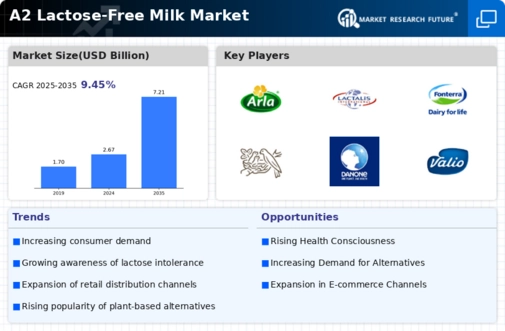
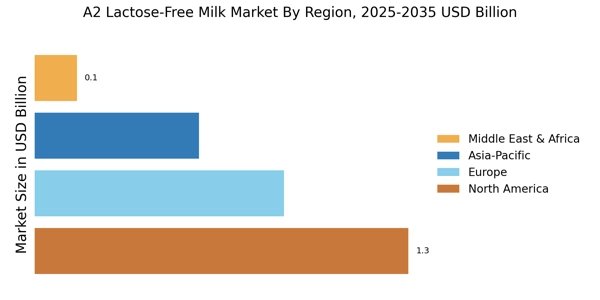


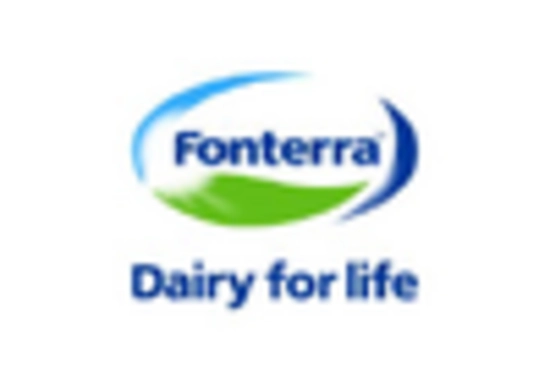
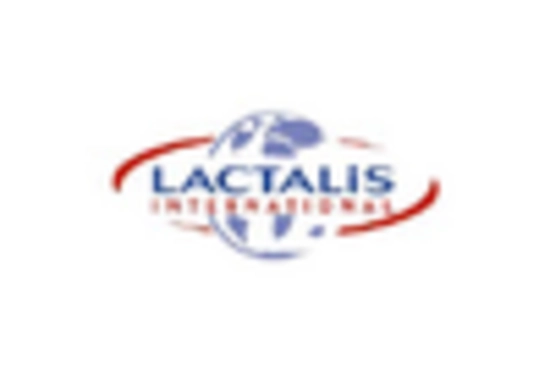
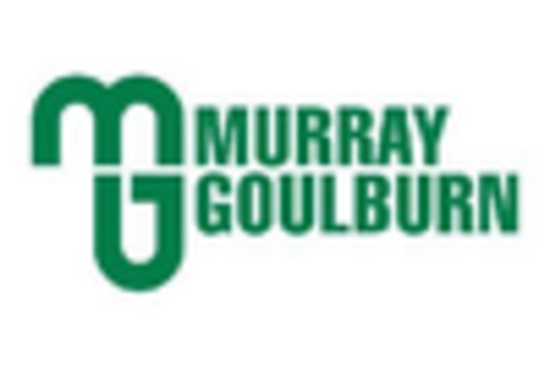









Leave a Comment